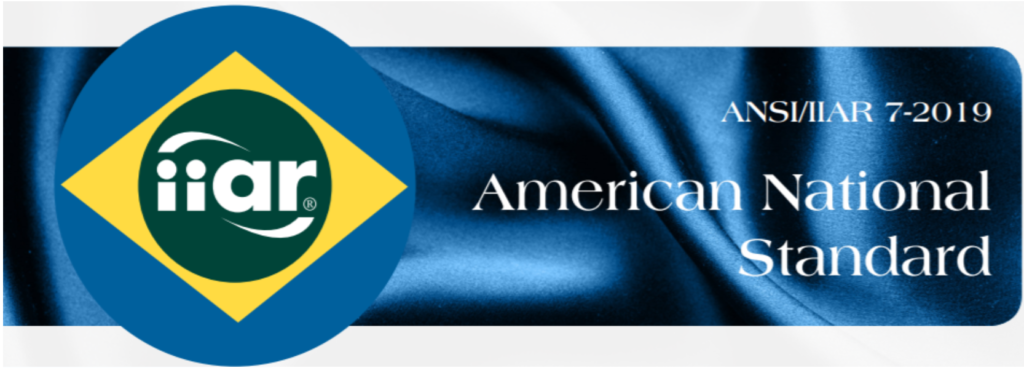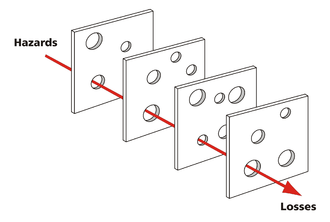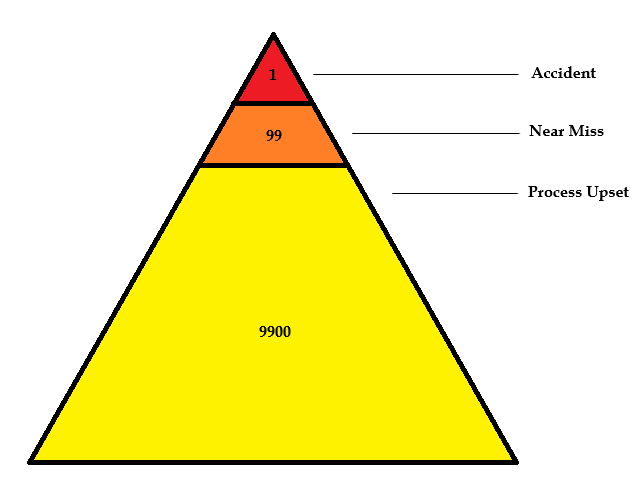
It’s been coming for a while now and yesterday it became official:
Introducing: ANSI/IIAR 7-2019 – Developing Operating Procedures for Closed-Circuit Ammonia Refrigeration Systems
In 2013, the first issue of IIAR 7 replaced the operations information contained in IIAR Bulletin No. 110, Guidelines for Start-Up, Inspection, and Maintenance of Ammonia Mechanical Refrigerating Systems.
This standard was first approved as an American National Standard by the American National Standards Institute (ANSI) in August 2013. ANSI requires reaffirmation or revision for periodic maintenance requirements of existing standards every five years. Work began on periodic maintenance of this standard in February 2017 and was completed in April 2019.
This standard defines the minimum requirements for developing operating procedures for closed-circuit ammonia refrigeration systems. Informative Appendix A was added to provide explanatory information related to provisions in the standard.
A little over two years ago, the SOP templates were updated to include all the requirements of IIAR 7 2013. That was a pretty large undertaking, but if you already made those changes, it looks like you are in good shape! I’ve reviewed the new IIAR 7 and it turns out we only need to make one substantive change to programs using the current templates.
What’s the requirement / change?
The 2013 version required a visual inspection of hoses when they were used. This was a pretty minor requirement. The newer version requires that procedures include “Steps to inspect hoses and fittings visually to make sure they are suitable for ammonia refrigeration service” whenever you Transfer (such as in pump-down) or Charge ammonia. To address this issue, I’ve modified the ROSOP-LEO and Permit form to include an explicit check and a reference to the “ITPMR-AHT-365 – Ammonia Transfer Hose Annual ITPM Record” we recently added due to IIAR 6.
So, if you’ve already updated your system for IIAR 6 compliance, then all you need to do is update your LEO procedure and Permit. If you haven’t updated your system for IIAR 6 compliance, then you need to integrate the new ITPMR as well as make plans to address the entirety of IIAR 6.
Note: Overall the 2019 IIAR 7 is much simpler than the 2013 version. It’s moved a lot of stuff to informative appendices which removes most of my complaints about it. Unfortunately they renumbered* just about every single requirement in the standard. This meant I had to completely renumber / rewrite my standalone SOP audit template. The good news is that the IIAR7-2019 version of that audit was reduced from 110 pages to 87. Of those remaining 87 pages of questions, 60 pages are due to IIAR 7.
* This was not an attempt to drive me closer to insanity, but an attempt to harmonize numbering systems between all the IIAR standards. I know this because I actually asked the IIAR about this. Thankfully, Tony Lundell has a good sense of humor.








